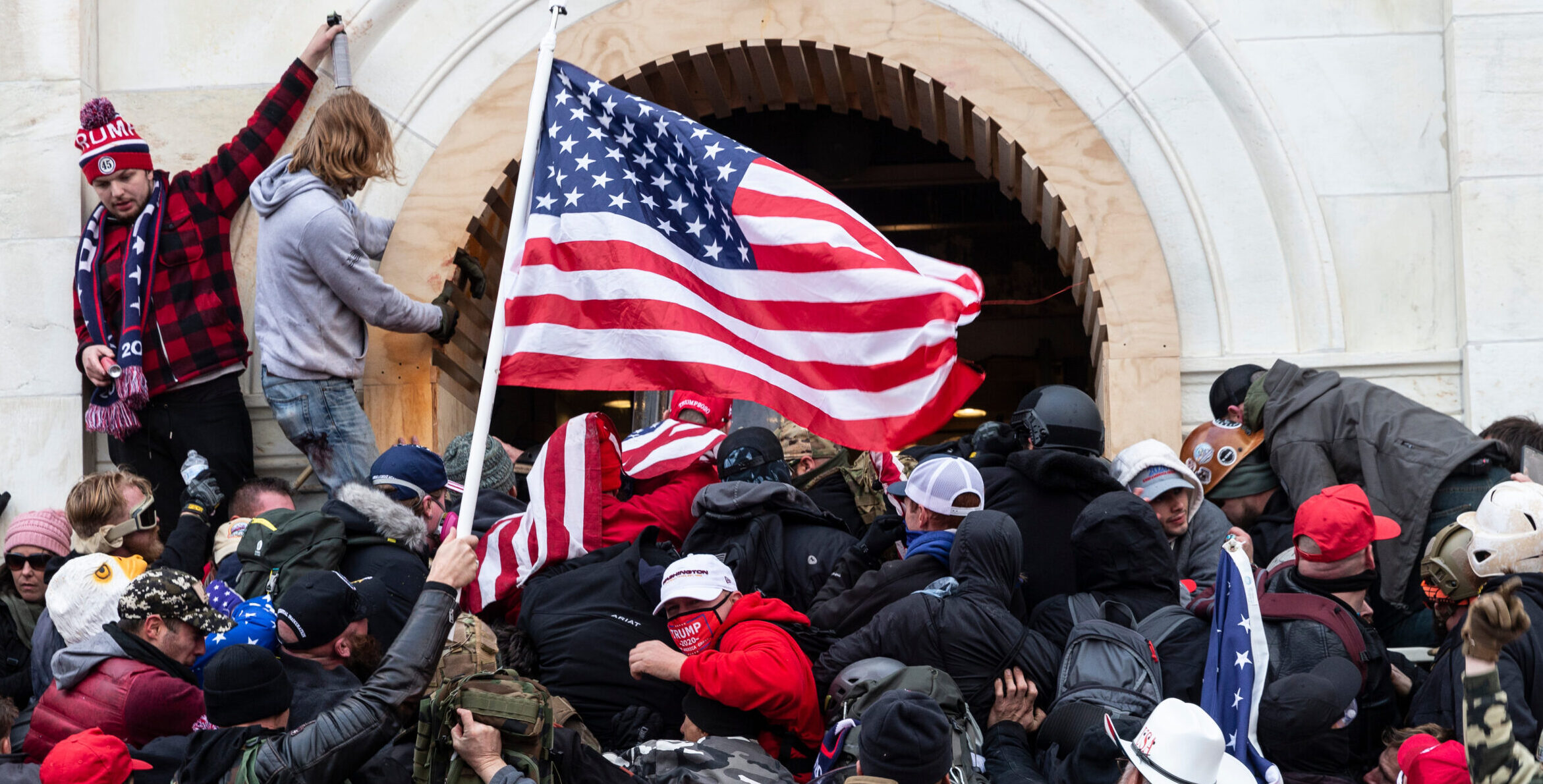In a recent survey, American voters were asked to compare the two major political parties—Democrats and Republicans—to animals. The results were striking, with respondents frequently associating the Democratic Party with creatures perceived as weak, slow, or overly cautious, while Republicans were linked to more aggressive or dominant animals.
This metaphorical exercise reveals deeper perceptions about how voters view each party’s strengths, weaknesses, and overall political strategy. The findings suggest that Democrats may have an image problem, with many Americans seeing them as ineffective or lacking the assertiveness needed to push their agenda forward.
The Survey Results: How Parties Were Compared to Animals
When asked to assign animals to each party, respondents provided a variety of answers, but clear patterns emerged:
Democrats: The Slow and Weak Animals
-
Donkey (Party Symbol): While the donkey is the traditional symbol of the Democratic Party, many voters saw it as stubborn but ultimately slow-moving.
-
Sloth: Frequently mentioned due to perceptions of sluggishness in decision-making and legislative progress.
-
Deer: Seen as skittish, easily startled, and vulnerable—reflecting a view that Democrats struggle to stand firm in political battles.
-
Sheep: Some respondents viewed Democrats as followers rather than leaders, lacking a strong, unified direction.
Republicans: The Strong and Aggressive Animals
-
Elephant (Party Symbol): The GOP’s traditional symbol was seen as powerful and dominant, though sometimes slow to change.
-
Lion: Representing strength, leadership, and assertiveness—qualities many associate with Republican rhetoric.
-
Wolf: Strategic, pack-oriented, and aggressive in pursuing goals.
-
Eagle: A symbol of patriotism and boldness, often linked to conservative ideals.
These comparisons highlight a stark contrast in how voters perceive the two parties—Democrats as hesitant and reactive, Republicans as forceful and decisive.
Why Are Democrats Seen as Weak and Slow?
Several factors contribute to this perception:
1. Legislative Gridlock and Infighting
Democrats often face criticism for struggling to unify their diverse coalition, from progressives to moderates. High-profile disagreements within the party (such as debates over healthcare, policing, or climate policy) can make them appear indecisive.
2. Reactive Rather Than Proactive
Republicans often set the narrative, while Democrats are seen as constantly responding—whether to conservative media, GOP policy moves, or internal dissent. This reactive stance reinforces the idea that they lack a clear, forward-moving strategy.
3. Messaging Challenges
While Republicans have mastered simple, punchy messaging (e.g., “Make America Great Again”), Democrats sometimes struggle with overly complex or diluted communication. This can make their policies seem muddled or uninspiring.
4. Perceived Lack of Toughness
From debates over defunding the police to handling Republican opposition, Democrats are frequently painted as unwilling to take hardline stances. Meanwhile, Republicans project confidence and dominance, even when their policies are controversial.
Can Democrats Change This Image?
If Democrats want to shake off the “weak and slow” label, they may need to:
-
Unify Their Message: Present a clearer, more cohesive vision that excites voters.
-
Act Decisively: Move faster on key issues instead of getting bogged down in negotiations.
-
Push Back Harder: Counter Republican aggression with stronger rhetoric and policy wins.
-
Highlight Strength: Showcase leadership and resilience rather than appearing reactive.
Conclusion
The animal comparisons in this survey reflect broader voter perceptions—Democrats are seen as cautious and fragmented, while Republicans are viewed as bold and dominant. Whether this perception is entirely fair or not, it influences how voters assess each party’s effectiveness. If Democrats want to improve their standing, they may need to adopt a more assertive, unified approach that counters the “slow and weak” narrative.



